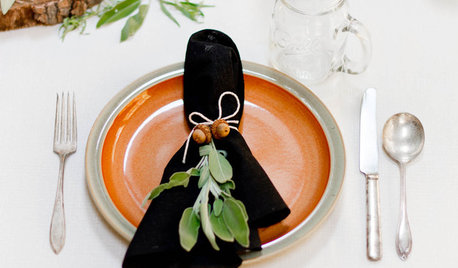bejay sauerkraut question
jodikay
11 years ago
Related Stories


MOST POPULAR5 Ways to Pare Down Your Stuff — Before It Gets in the Door
Want to free up some room around the house? Rethink gift giving, give yourself a shopping mantra and just say, ‘No, thank you’ to freebies
Full Story
KITCHEN WORKBOOKNew Ways to Plan Your Kitchen’s Work Zones
The classic work triangle of range, fridge and sink is the best layout for kitchens, right? Not necessarily
Full Story
KITCHEN DESIGNKitchen of the Week: White, Wood and Wide Open
A Pennsylvania couple and their designer take down walls to create an open, light-filled great room
Full Story
HEALTHY HOME4 Ways to Create Healthy Habits at Home
Do these things to your home to make it easier to get enough sleep, exercise regularly, eat right and relax
Full StoryMore Discussions







digdirt2
jodikayOriginal Author
Related Professionals
Milwaukee Landscape Architects & Landscape Designers · McKinney Landscape Contractors · Conroe Landscape Contractors · East Chicago Landscape Contractors · Lake Saint Louis Landscape Contractors · Las Vegas Landscape Contractors · Middletown Landscape Contractors · Palatine Landscape Contractors · Roseville Landscape Contractors · Smyrna Landscape Contractors · Woodbury Landscape Contractors · Allen Roofing & Gutters · Memphis Roofing & Gutters · Hillcrest Heights Roofing & Gutters · Brenham Driveway Installation & Maintenancedigdirt2
laceyvail 6A, WV
olga_6b